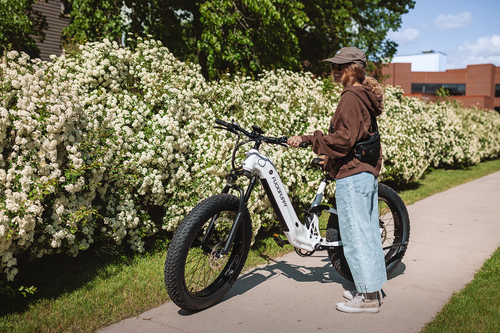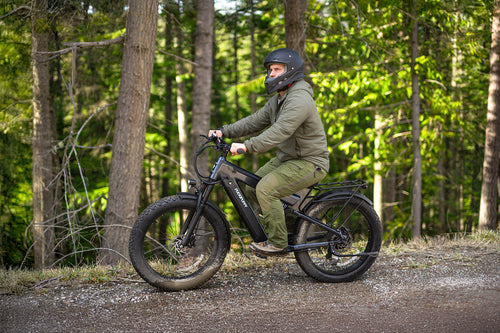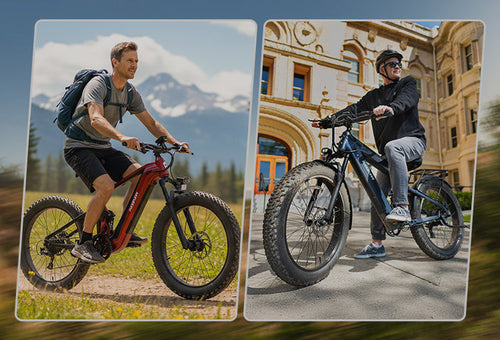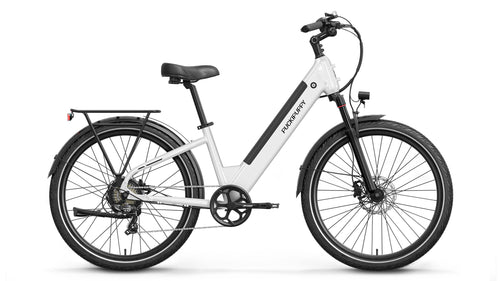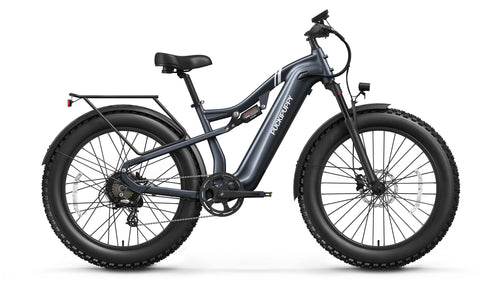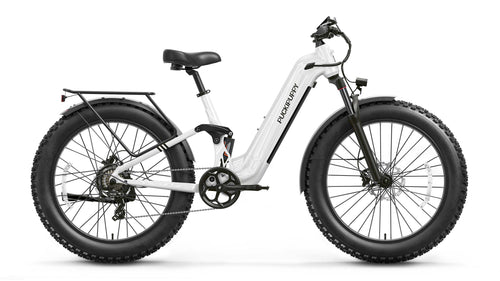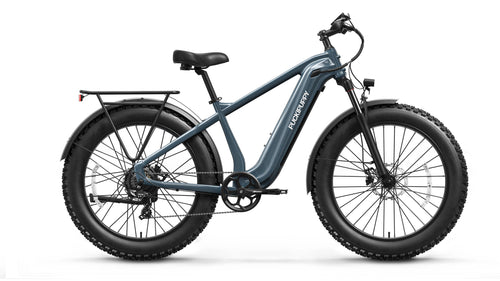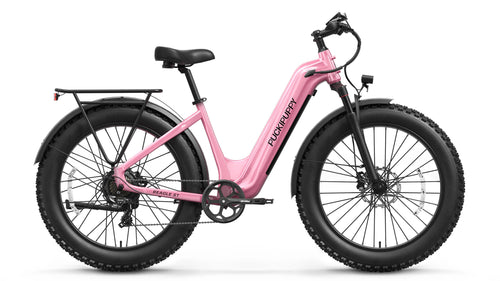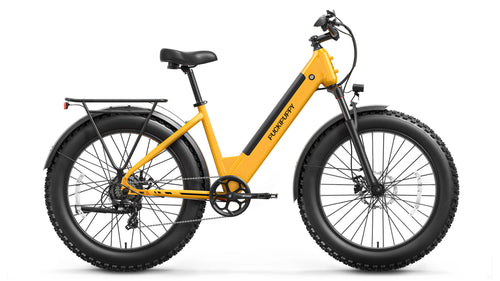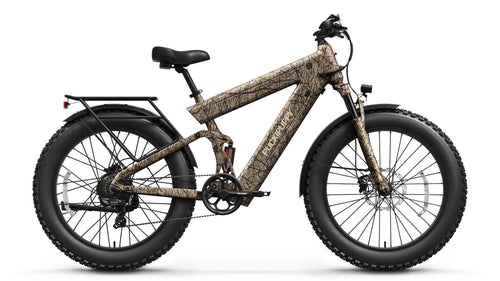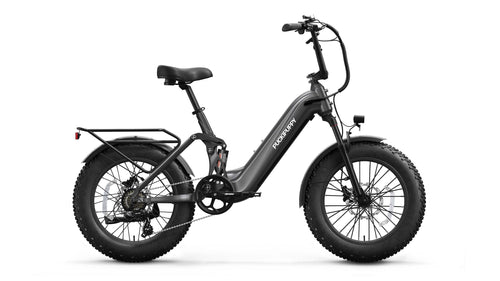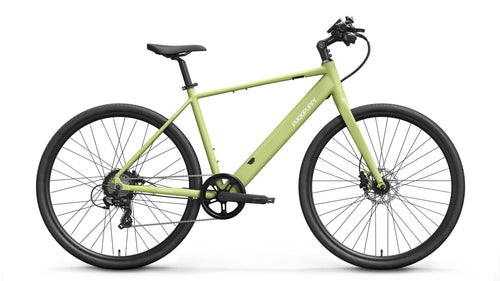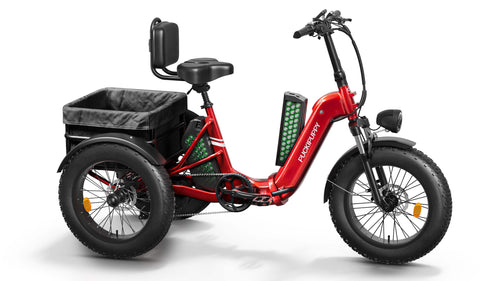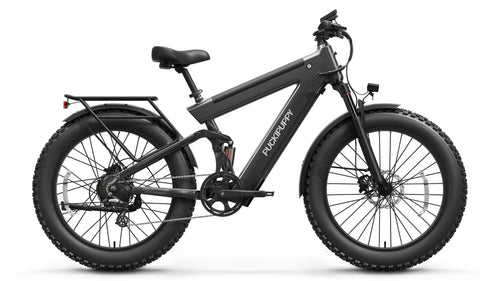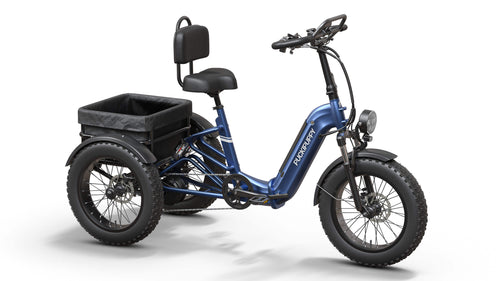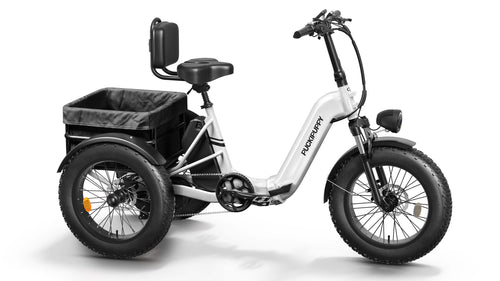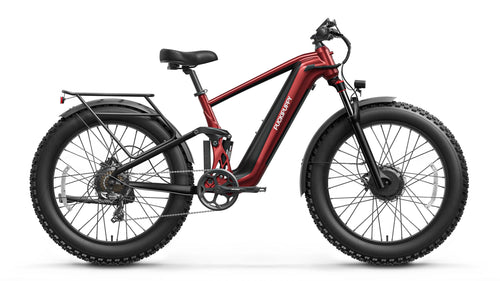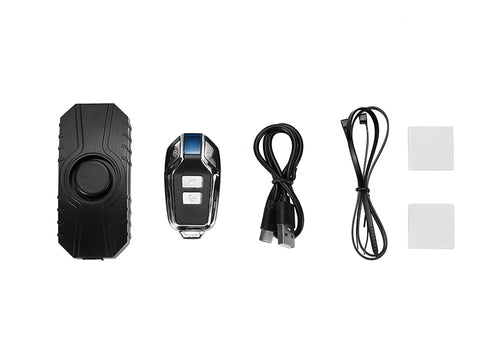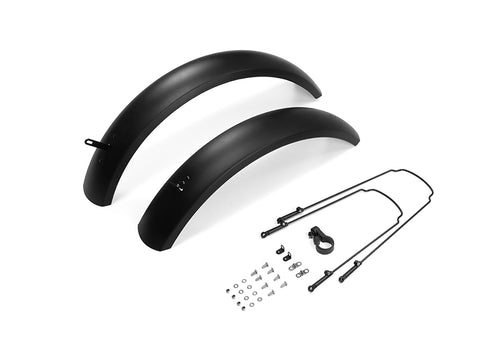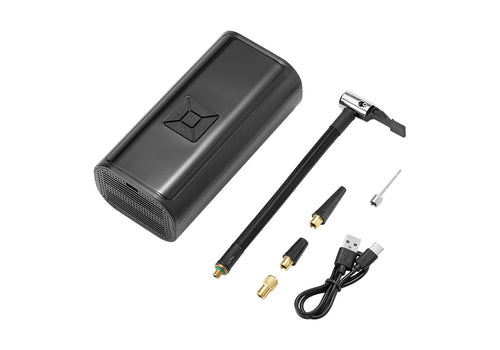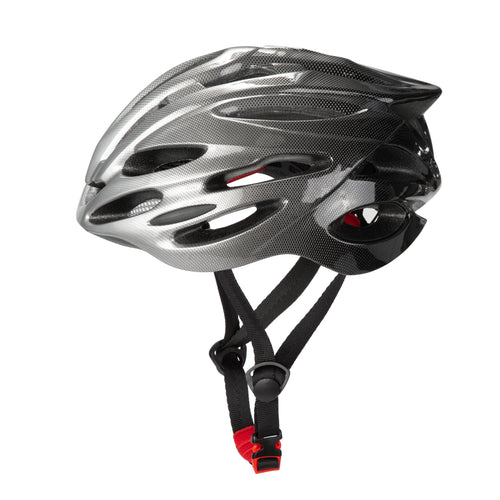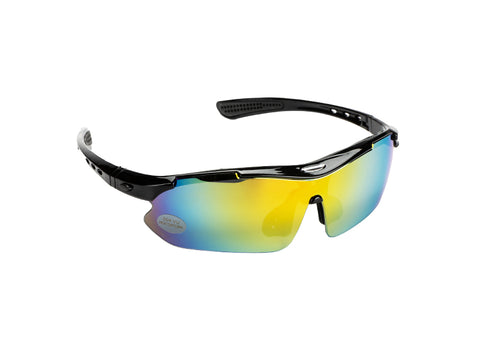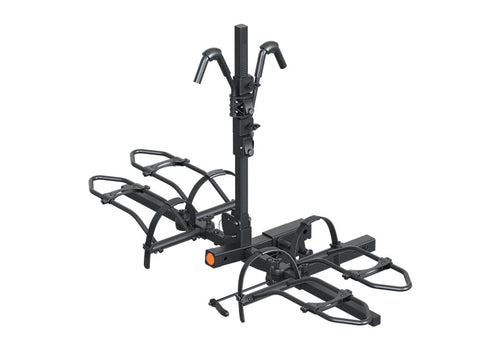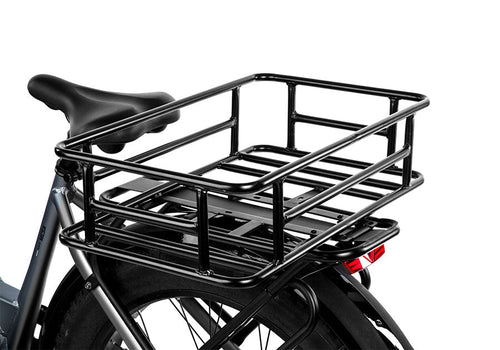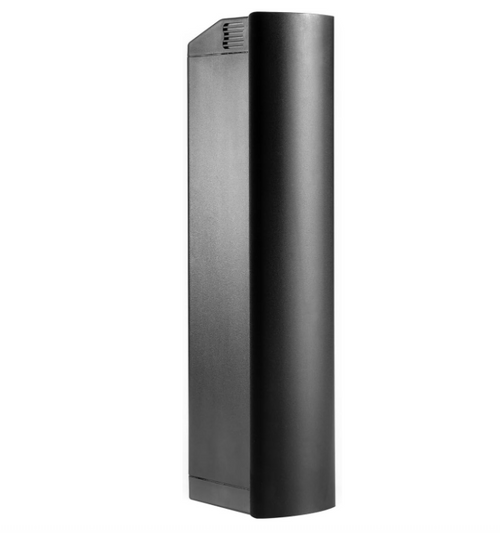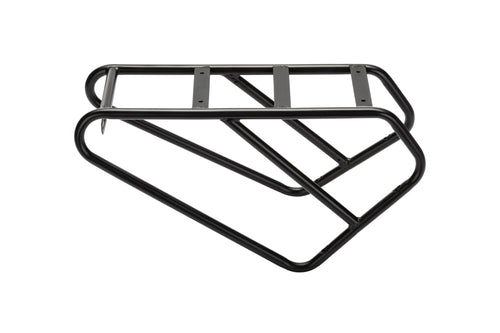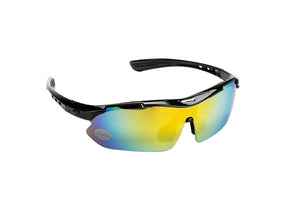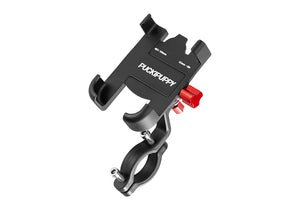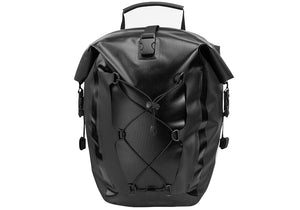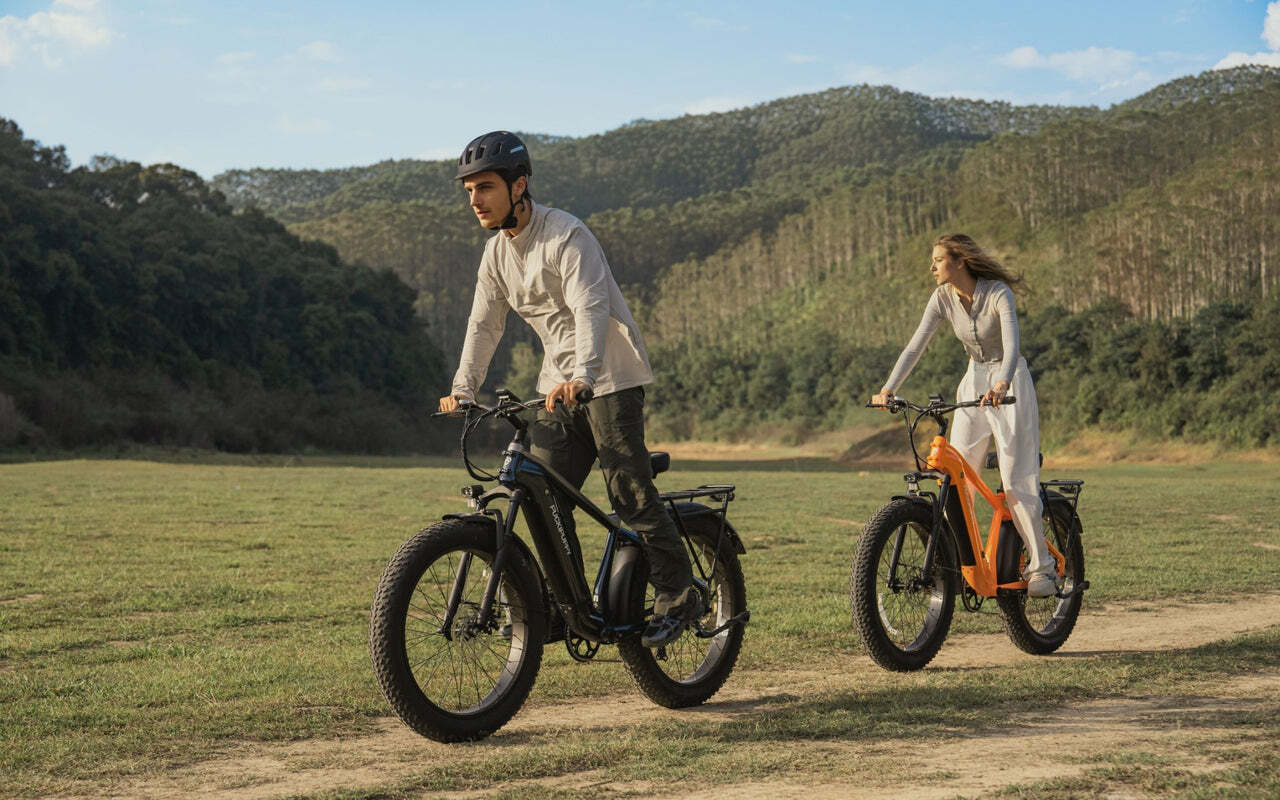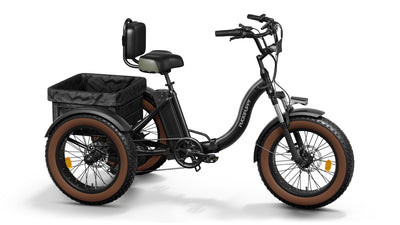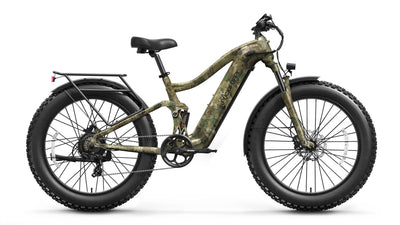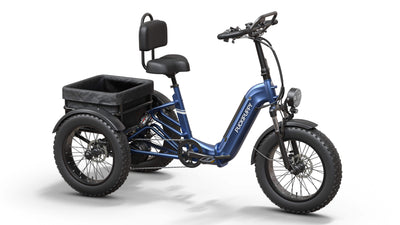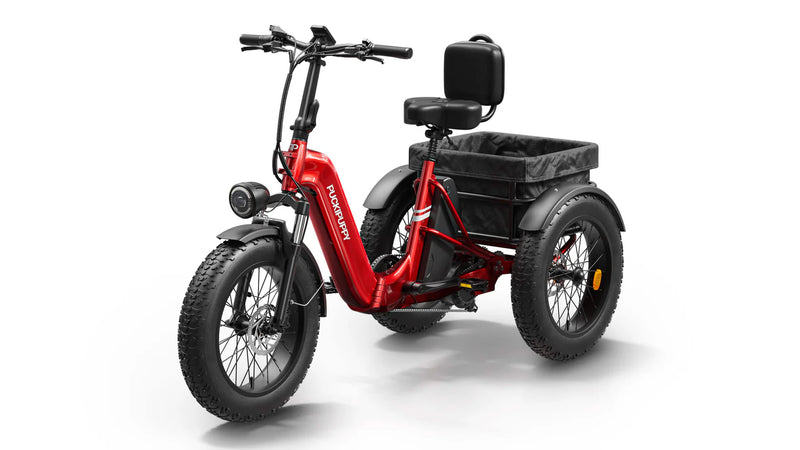Electric bikes are revolutionizing how we commute, exercise, and explore our communities. If you're considering joining the e-bike movement but feel overwhelmed by choices and technical specifications, you're not alone. This comprehensive guide answers all your fundamental questions in clear, practical terms. We'll walk you through everything from basic operation to maintenance essentials, helping you make an informed decision that matches your lifestyle, budget, and local regulations. Let's demystify the world of electric bikes together.
What is an Electric Bike and How Does It Work?
An electric bike is essentially a traditional bicycle equipped with a battery-powered motor that provides assistance while you pedal. The core components include a motor, battery, controller, and sensors that work together to augment your pedaling effort.
Electric bikes operate through two primary systems: pedal-assist and throttle. Pedal-assist systems engage the motor only when you're actively pedaling, with the support level adjustable through a handlebar controller. Throttle systems, typically a twist-grip or thumb lever, propel the bike without pedaling - much like a scooter. Many e-bikes combine both systems for maximum flexibility.
The beauty of modern e-bikes lies in their seamless integration of technology. Sensors detect your pedaling speed and force, signaling the motor to provide proportional assistance. This creates a natural riding experience where you're still exercising, but hills feel smaller and distances shorter.
How Much Should I Spend on an Electric Bike?
E-bike prices range dramatically, from under $1,000 to over $5,000. For a quality electric bike from a reputable brand, plan to invest between $1,500 and $3,000. This mid-range typically delivers reliable performance, decent battery life, and adequate components for most riders.
Consider these price tiers:
-
$800-$1,500: Entry-level models with basic components, suitable for occasional use on flat terrain
-
$1,500-$2,500: The sweet spot for most commuters and recreational riders, featuring better motors and batteries
-
$2,500-$4,000: Premium models with advanced features, higher-quality components, and specialized designs
-
$4,000+: High-performance or specialty e-bikes for serious enthusiasts or specific needs like heavy cargo hauling
Remember to budget for essential accessories including a quality helmet ($50-$200), sturdy lock ($80-$150), and basic maintenance tools. Some brands, like Puckipuppy, occasionally offer package deals that include these essentials.
What's the Difference Between Class 1, 2, and 3 E-Bikes?
Understanding e-bike classifications is crucial as they determine where you can legally ride. The three-class system has been adopted by most US states:
Class 1: These provide motor assistance only when you're pedaling, ceasing support at 20 mph. They're typically permitted anywhere regular bicycles are allowed, making them ideal for bike paths and multi-use trails.
Class 2: In addition to pedal-assist, Class 2 e-bikes feature a throttle that can propel the bike without pedaling, still capped at 20 mph. The throttle is perfect for starting from stops or taking breaks while maintaining momentum. Models like those from Puckipuppy exemplify this versatile category, combining pedal-assist smoothness with throttle convenience.
Class 3: Offering pedal-assist only up to 28 mph, these speedier models are designed for road commuting but often face restrictions on bike paths and trails. Many jurisdictions require helmets, speedometers, and set minimum rider ages for Class 3 e-bikes.
Read more: What is an Ebike? And Is It Really Worth the Money?
How Far Can I Ride on a Single Charge?
E-bike range varies significantly based on multiple factors. Most quality e-bikes deliver between 20-80 miles per charge, with real-world performance depending on:
-
Battery capacity (measured in Watt-hours - higher numbers mean more range)
-
Rider weight and cargo
-
Terrain (hills reduce range substantially)
-
Assist level used (higher assistance drains battery faster)
-
Wind conditions and tire pressure
-
Temperature (cold weather reduces battery performance)
To estimate your needs, consider your typical riding distance and add 30-50% as a safety margin. For most urban commuters, a battery providing 40-60 miles of realistic range covers daily needs with comfortable reserve.
Do I Need a License or Insurance for an Electric Bike?
In most US states, Class 1, 2, and 3 e-bikes don't require licenses, registration, or insurance when they meet the standard definitions. However, regulations vary by location, so verifying your local laws is essential.
Some states impose age restrictions (typically 14-16 years for Class 3 e-bikes) and helmet requirements. A few states have unique regulations - for example, New York only recently allowed throttle-operated e-bikes after specific legislation.
While insurance isn't legally required for e-bikes in most areas, it's worth considering. Homeowner's or renter's insurance may offer some coverage, while specialized e-bike insurance provides protection against theft, damage, and liability.
What Type of Electric Bike is Right for My Needs?
Matching the e-bike to your primary use ensures maximum satisfaction:
For urban commuting: Prioritize comfort, reliability, and practical features like fenders, lights, and cargo capacity. Commuter e-bikes typically offer upright riding positions and moderate power suitable for stop-and-go traffic.
For recreation and fitness: Look for natural pedal-assist feel and comfortable geometry. Fitness hybrids balance efficiency with comfort for longer rides.
For cargo hauling: Seek robust frames, high weight capacity, and stable design. Cargo e-bikes excel at grocery runs, school drop-offs, and transporting gear.
For off-road adventure: Require suspension, knobby tires, and powerful motors with high torque. Mountain e-bikes feature durable construction for rough terrain.
Where Should I Buy My Electric Bike?
Your purchasing options each offer distinct advantages:
Local bike shops provide professional assembly, fitting services, test rides, and ongoing support. While sometimes priced higher than online options, the expertise and service relationship are valuable, especially for e-bike newcomers.
Online retailers often offer competitive pricing and direct-to-consumer models with higher specifications for the price. However, you'll typically handle minor assembly and rely on mail-in service for repairs.
How Do I Maintain and Service My Electric Bike?
Proper maintenance ensures longevity and reliability:
Regular care: Keep your e-bike clean, especially the chain and drivetrain. Check tire pressure weekly, as under-inflation reduces range and increases wear.
Battery best practices: Avoid complete discharges and extreme temperatures. Store in climate-controlled spaces when possible, and use only the manufacturer's recommended charger.
Professional service: Schedule annual tune-ups at a qualified shop, especially for brake adjustments and electrical system checks. Establish a relationship with a local technician familiar with e-bike systems.
Troubleshooting: Learn basic diagnostic skills like checking connections and resetting electronic systems, but leave complex electrical issues to professionals.
What Safety Gear Do I Need for Electric Biking?
Helmets are non-negotiable. While any bicycle helmet provides basic protection, consider models specifically designed for higher-speed e-bike riding, offering enhanced coverage and impact protection.
Visibility essentials include front and rear lights (many e-bikes have integrated systems), reflective elements, and consider adding supplemental lights for low-light conditions.
Security investment should include a quality U-lock or heavy-duty chain lock. For higher-value e-bikes, consider GPS tracking devices and always register your bike with the manufacturer and local databases.
Final Checklist: 7 Questions to Ask Before Buying
-
What's my primary use case? (Be specific about your typical rides)
-
Does this e-bike's class align with where I plan to ride? (Verify local path regulations)
-
Is the range sufficient for my needs with margin? (Consider worst-case scenarios)
-
Have I test ridden this or similar models? (Comfort and handling are subjective)
-
What's the total cost including essential accessories? (Budget for safety and security)
-
Is service readily available? (Confirm local support for the brand)
-
What do independent reviews say about long-term reliability? (Research beyond marketing claims)
By working through these questions systematically, you'll confidently select an e-bike that delivers years of enjoyable, practical service. The perfect e-bike awaits - one that matches your lifestyle and opens new possibilities for adventure and convenience.









